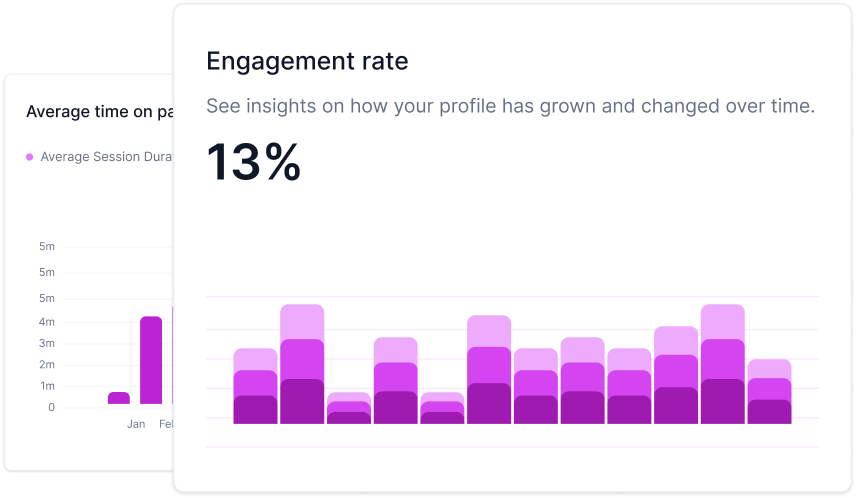What is Remarketing?
Remarketing, often referred to as retargeting, is a digital advertising strategy that targets individuals who have previously visited your website or engaged with your app. Think of it as a gentle nudge, a reminder to those who showed initial interest in your offerings, encouraging them to return and take action.
How does remarketing work and how do I set it up?
Remarketing operates primarily through cookies or pixel tags. When a user visits your site, a cookie is placed in their browser. This cookie then informs platforms like Google Ads or Facebook to show specific ads based on the pages they visited on your site.
Setting it up involves:
- Adding a piece of code (often called a pixel) to your website or app. Most advertising platforms provide this.
- Creating audiences based on behavior, like 'users who visited but didn't purchase.'
- Crafting ads tailored to these audiences and launching your campaign.
What are the best practices for creating effective remarketing ads?
For remarketing to work, your ads need to strike a chord. Here are some tips:
- Relevancy is Key: Tailor ads based on the user's interaction. If they abandoned a cart, show them what they left behind.
- Offer Value: Discounts or limited-time offers can be the nudge a user needs to convert.
- Rotate Your Ads: Avoid ad fatigue by changing the visuals and messaging periodically.
How can I ensure my remarketing campaigns are not intrusive or annoying to potential customers?
- Frequency Caps: Limit the number of times an individual sees your ad in a day.
- Audience Exclusion: If someone has already converted, it makes little sense to continue targeting them with the same ad. Adjust your audience settings accordingly.
- Be Mindful of Duration: Don’t remarket indefinitely. If someone hasn’t returned in a month, perhaps it's time to let go.

